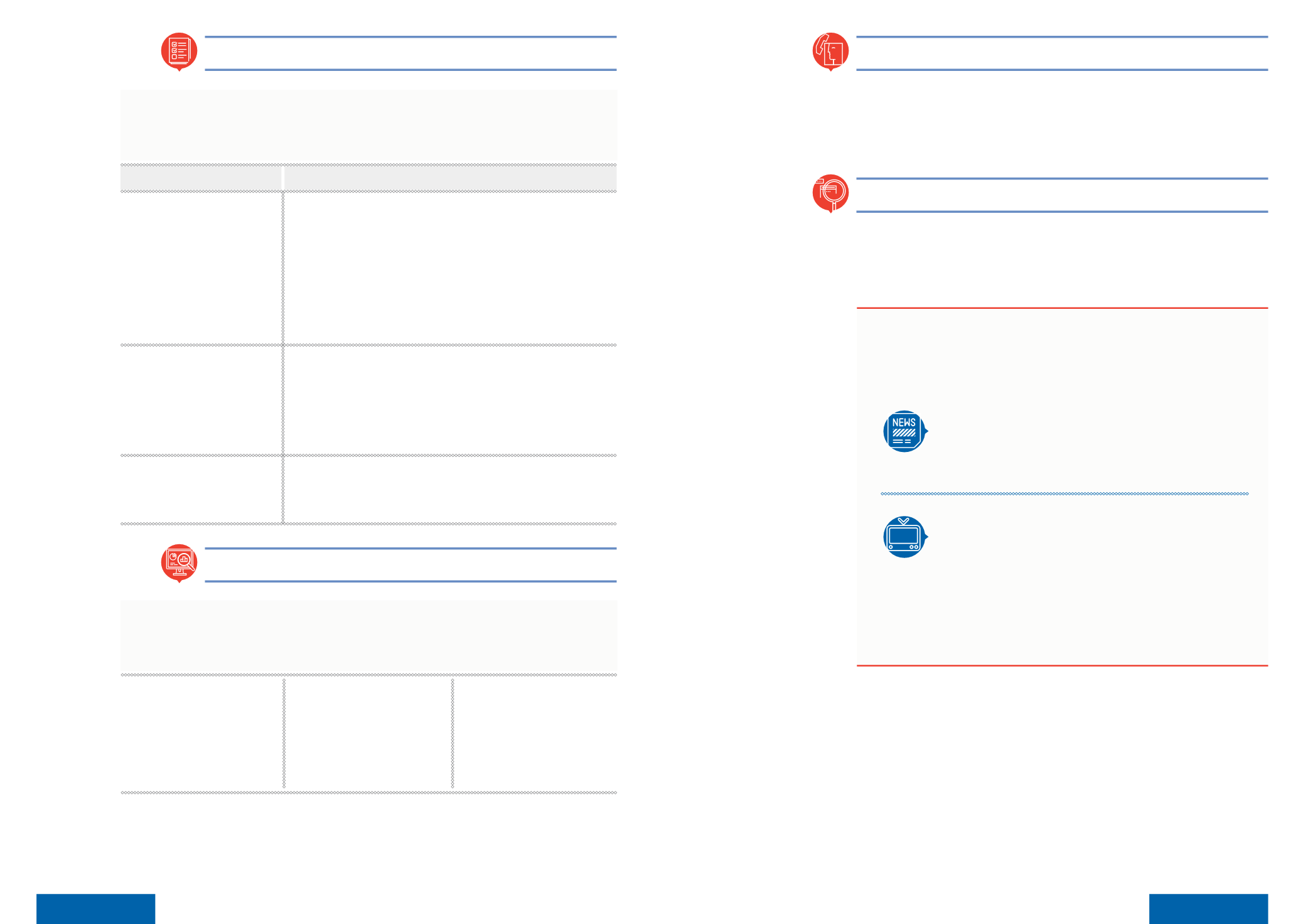
39
|
38
|
Toolkit for Competition
Advocacy in ASEAN
Toolkit for Competition
Advocacy in ASEAN
Type of event
Notes
Conferences and fora:
When organising a public event attracting multiple stakeholders, a CA
should ensure all attendees complete an evaluation form at the end.
This allows the CA to learn for future events and helps secure require
resources. Aside from addressing administrative arrangements made
for the event, the feedback should also address the following:
♦
Has the event met its objectives?
♦
What were they key learning points from the event?
♦
Which areas would attendees like to learn more about?
♦
Will they attend future events?
Technical training sessions:
It is also recommended to ask attendees for their feedback in order
to evaluate the quality and effectiveness of the training, notably in
terms of the content, structure and resource persons or facilitators
engaged. Aside from checking whether the training has been deemed
relevant and useful, specific technical questions can also be included
in the feedback form in order to assess the degree of understanding of
participants concerning the subjects at hand (“post-test”).
Employee engagement
events:
A feedback form should also be developed for activities that are
particularly geared to the staff of a CA, such as meetings with the
management or in-house trainings. Suggestions derived from the forms
can be taken up for improving similar activities in the future.
Advocacy activities that target larger or influential groups of stakeholders require separate, more
in-depth analysis and evaluation. This is because they are often higher profile, resource intensive and
have clear objectives and goals. They also typically generate follow-up action for the CA and leads
for future advocacy:
Evaluation of events
♦
Most popular pages – number
and frequency of visits
♦
Time of visit – what time of day
most visits occur
♦
Geography – country or region
the visitors are located
♦
Visitor location – where are
visitors accessing the website,
i.e. government department,
corporate, private
(requires IP address)
♦
Searches – how the visitor found
website, search words used
♦
Interactivity – engagement of
viewers, e.g. use of comments,
contact forms, etc.
Measuring online activities is based on statistics on the number of times a page has been visited,
message received or digital interaction achieved. For internet or intranet activities, the IT department
of a CA can provide basic statistics on page visits, length of visits and other data that are useful to
understand the users’ habits. More specifically, the following could be reviewed:
Digital impact
For social media accounts, each application has its own day-to-day
management and measurement. Social media accounts are easy to
manage internally, and each application will send regular engagement
reports to the account manager/page owner.
Contact databases
Media monitoring and analysis
Throughout the course of an advocacy campaign, contacts are made
and networks expanded. Capturing and regularly reviewing these
contacts as part of a comprehensive database is highly recommended
to enhance continuous engagement and follow-up.
The impact and success of the media activity undertaken by a CA can
be evaluated either through quantitative or qualitative analysis. This
is normally conducted on a routine basis by the communications or
other relevant department of the CA.
Quantitative analysis
focuses more on the amount of press coverage received on any
given topic. The advantage is that it shows the success value of media relations’ activity
during an advocacy campaign. The disadvantage is that it hardly reveals the impact or
influence achieved, or resulting behavioural change.
Quantitative analysis
, on the other hand, focuses on the impact of advocacy activities
and sets out to measure perceptions, behavioural changes and levels of engagement.
This constitutes a far more sophisticated means of measuring the impact of advocacy
and is typically applied over a longer period of time.
Printed press:
Counting the articles on a specific subject, their
length and where in the respective publication they have been
placed (e.g. cover page, editorial etc.). Another option is to convert the
coverage Advertising Equivalent Value (AVE). This is taking the amount
of coverage achieved, the publication’s circulation and then converting
it into a value based on what the same space would cost if a paid
advertisement or advertorial had been placed.
Broadcast media (TV, radio):
Measuring the length of time given
and when the broadcast coverage achieved. Similarly, the time of the
broadcast coverage is taken into account (e.g. evening national news
headline story vs. daytime regional radio programme). It is also
possible to convert the coverage into an AVE.


